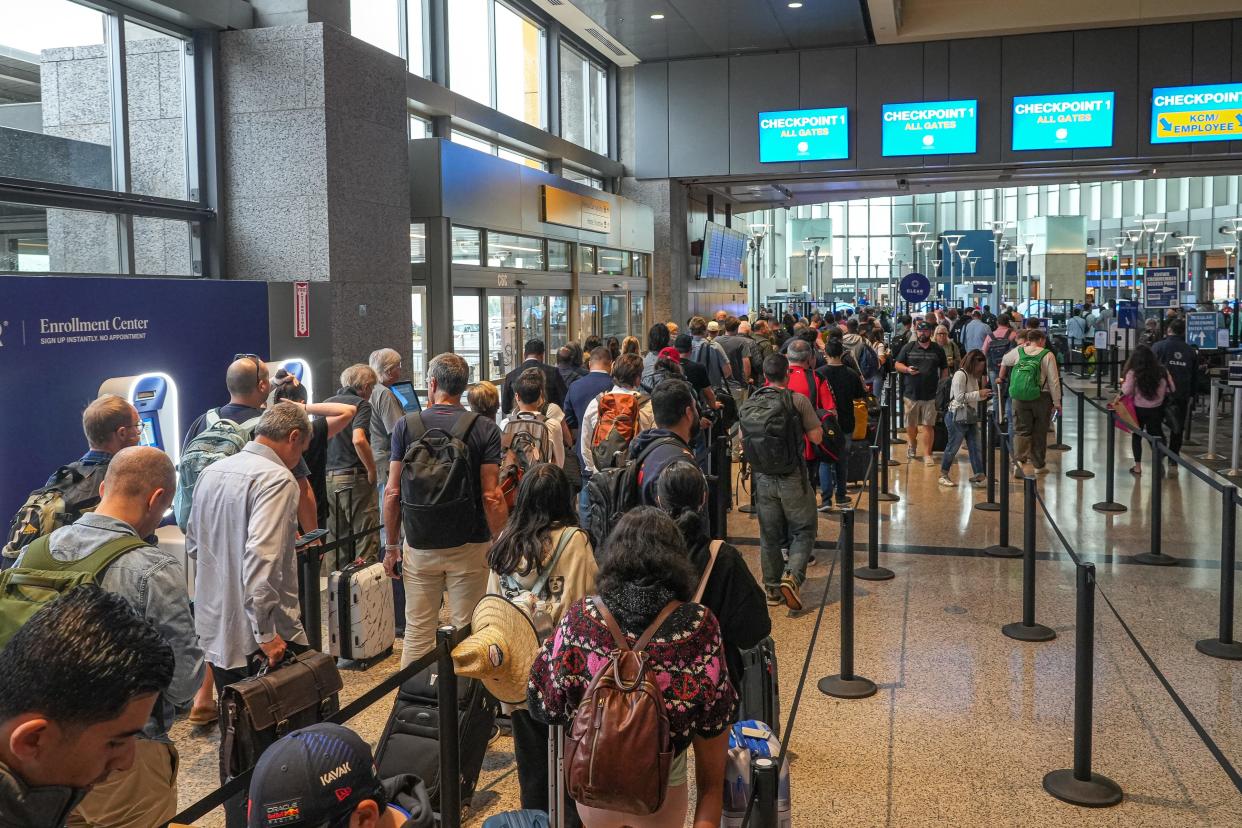FAA taps Austin airport for safety improvements following spate of near-misses last year

Federal aviation authorities on Monday announced four US airports, including Austin-Bergstrom International Airport, will be the first to receive new airfield surveillance systems this summer meant to reduce the risk of runway incursions.
The system, called the "Surface Awareness Initiative," aims to improve air traffic controllers' situational awareness. The Federal Aviation Administration plans to complete the improvements at the four airports by July, while "scores" of other airports will receive them by the end of 2025, according to a news release.
The announcement comes after a spate of near-misses at US airports last year spurred national discussions around airspace safety. One close call last winter at Austin's city-run airport, where a landing FedEx cargo plane and departing Southwest passenger plane came within 100 feet of each other, putting the lives of 128 people aboard the aircraft at risk, and was frequently cited by lawmakers as an example for the need of added safety.
More on close calls at ABIA: Private jet took 'evasive action' to avoid a fighter plane at Austin airport, FAA says
Once installed, the Surface Awareness Initiative works by using aircraft-broadcasted data to display surface traffic to controllers at airports without a surface surveillance tool — like Austin's airport, which lacks a ground radar system like those at the nation's busiest airfields. When in use, aircraft and specially equipped ground vehicles appear as icons on an airport map, depicting their locations on runways, taxiways, hold ramps and other areas.
In the news release announcing the improvements, Mike Whitaker, FAA Administrator, said the regulatory agency was "committed to doing everything possible to make our runways even safer."
Whitaker said the Surface Awareness Initiative provides air traffic controllers with "timely and accurate depictions" of aircraft and vehicles in "all weather conditions." The morning of the near-miss between the FedEx and Southwest planes last year was beset with heavy fog, according to investigative materials released by the National Transportation Safety Board, which has an open investigation of the incident.
Three other US airports — Dallas Love Field, Indianapolis International Airport and Nashville International Airport — will receive the improvements by July, according to the news release.
FAA officials selected Austin's airport to be one of the first to receive the improvements because of the post-pandemic surge of flights it has seen, said Chris Mullooly, an FAA spokesperson, in a statement. More than 22 million passengers flew in and out of the airport in 2023—more than 1 million more than the previous record of just over 21 million in 2022.
The Surface Awareness Initiative is one of three initiatives the FAA "fast-tracked" after last year's string of close calls. Monday's announcement marks the second time Austin's airport was chosen as an early adopter for the safety improvements.
In a statement, Austin's airport leadership praised the FAA announcement detailing the safety investment and thanked local and congressional elected officials for "their continued advocacy to ensure a safe AUS for all."
"We strongly support the FAA’s investment in new technologies that will further enhance runway safety and are grateful for their selection of our airport as one of the first in the nation to receive the new Awareness Initiative system," said Sam Haynes, an airport spokesperson, in the statement.
A safety tool called "Approach Runway Verification" was installed and began use at Austin's airport last month. The tool provides controllers with visual and audible alerts if an approaching aircraft is lined up to land on the wrong airport surface.
The city has expedited its efforts to roll out a system that would direct aircraft as they’re pulling in and out of the Barbara Jordan Terminal. As a result of the near-misses last year, airport officials planned a temporary rollout of the system, which is scheduled for a full rollout in 2025.
Haynes said the temporary system is nearing completion, pending the installation of new camera feeds and readying equipment. The airport has completed the hiring of staff to manage the operation.
The airport will solicit bids from potential contractors with technical expertise to design, operate and maintain the permanent program. Once a contractor is selected and the Austin City Council approves, the system will take between 12 and 18 months to stand up, Haynes said. Airport officials are planning to bring a contract to the City Council this fall.
This article originally appeared on Austin American-Statesman: FAA taps ABIA for safety improvements after string of near-misses
